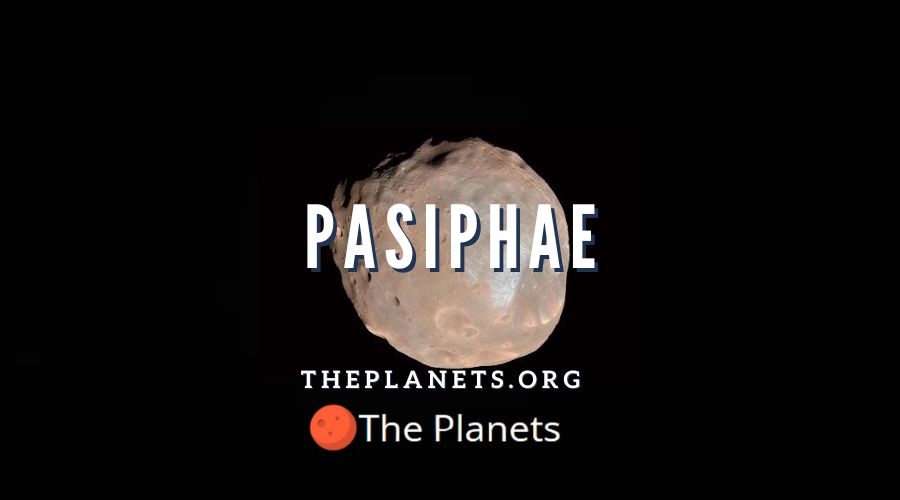
The Discovery Of Pasiphae
Pasiphae was discovered relatively early compared to many of Jupiter’s other outer moons. This largest member of the Pasiphae group was originally discovered by the astronomer Philibert Jacques Melotte on January 27, 1908 at the Greenwich Observatory in London, England. Melotte used the observatory’s 30-inch Cassegrain telescope to make the discovery.
The Origins Of Pasiphae
Pasiphae belongs to one of Jupiter’s outer moon groups that are part of the Jovian satellite family. Because the moons in the Pasiphae group all have very similar orbits, they are believed to have come from the same asteroid, or from a couple of asteroids.
Because Pasiphae is the largest moon of her group, astronomers generally believe this natural satellite to be the largest piece of the original asteroid. One or more asteroids were likely pulled into Jupiter’s gravity. These asteroids will have suffered collisions, either before or after being pulled into Jupiter’s gravity, which caused them to break into multiple pieces. These pieces are what we now know as the Pasiphae group of Jupiter’s outer moons.
The Naming Of Pasiphae
Pasiphae was named for the wife of Minos in Greek mythology. Minos was the king of Crete, and, legend says that their son Ammon was the king of the Egyptian gods. Another Greek legend says that Poseidon caused Pasiphae to fall in love with a bull. The stories vary on whether the bull was supposed to be sent by Zeus or was Zeus disguised as a bull. The result of this love affair was Pasiphae giving birth to the mythological monster known as the Minotaur. In the stories, the Minotaur is eventually captured and held prisoner in a labyrinth.
As with all the other outer moons with retrograde orbits, the International Astronomical Union chose a name ending in E in keeping with the pattern.
Characteristics Of Pasiphae
As with all the other moons in her group, Pasiphae has a retrograde orbit. This means that the moon’s orbital path moves in the opposite direction to Jupiter’s orbital path. The moons in the Pasiphae group also all have eccentric orbits. An eccentric orbit means that the satellite’s orbital path moves in an elliptical pattern instead of a circular pattern.
Unlike moons in other groups surrounding Jupiter, the moons in the Pasiphae group tend to have more varied differences in orbital paths and shapes. They also vary more in color, with a range from red to gray, whereas most of the other moons within a group are very similar in color. These characteristics suggest a likelihood that the moons in this group originated from more than one original asteroid.
Another unique characteristic of Pasiphae is her secular resonances. As one of only two moons in the group with this characteristic, it makes Pasiphae quite unusual as a moon of Jupiter. Secular resonances refers to Jupiter’s irregular ability to tug at the satellite, changing it’s orbital characteristics over time. Sinope is the only other moon in the Pasiphae group that shares this characteristic.
Statistics On Pasiphae
As the largest moon in her group, Pasiphae has a mean radius of 18.6 miles, or around 30 kilometers. This moon orbits Jupiter at a distance between 22.8 and 24.1 million kilometers. It takes Pasiphae 735 Earth days to make a complete rotation of Jupiter.